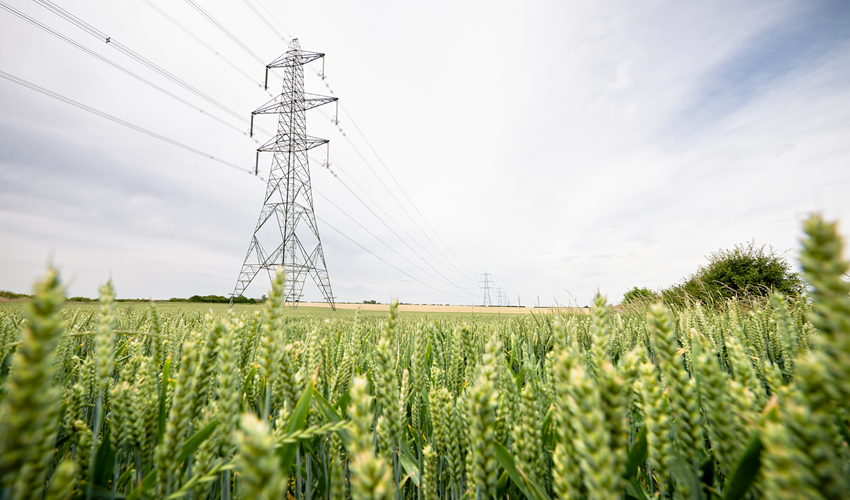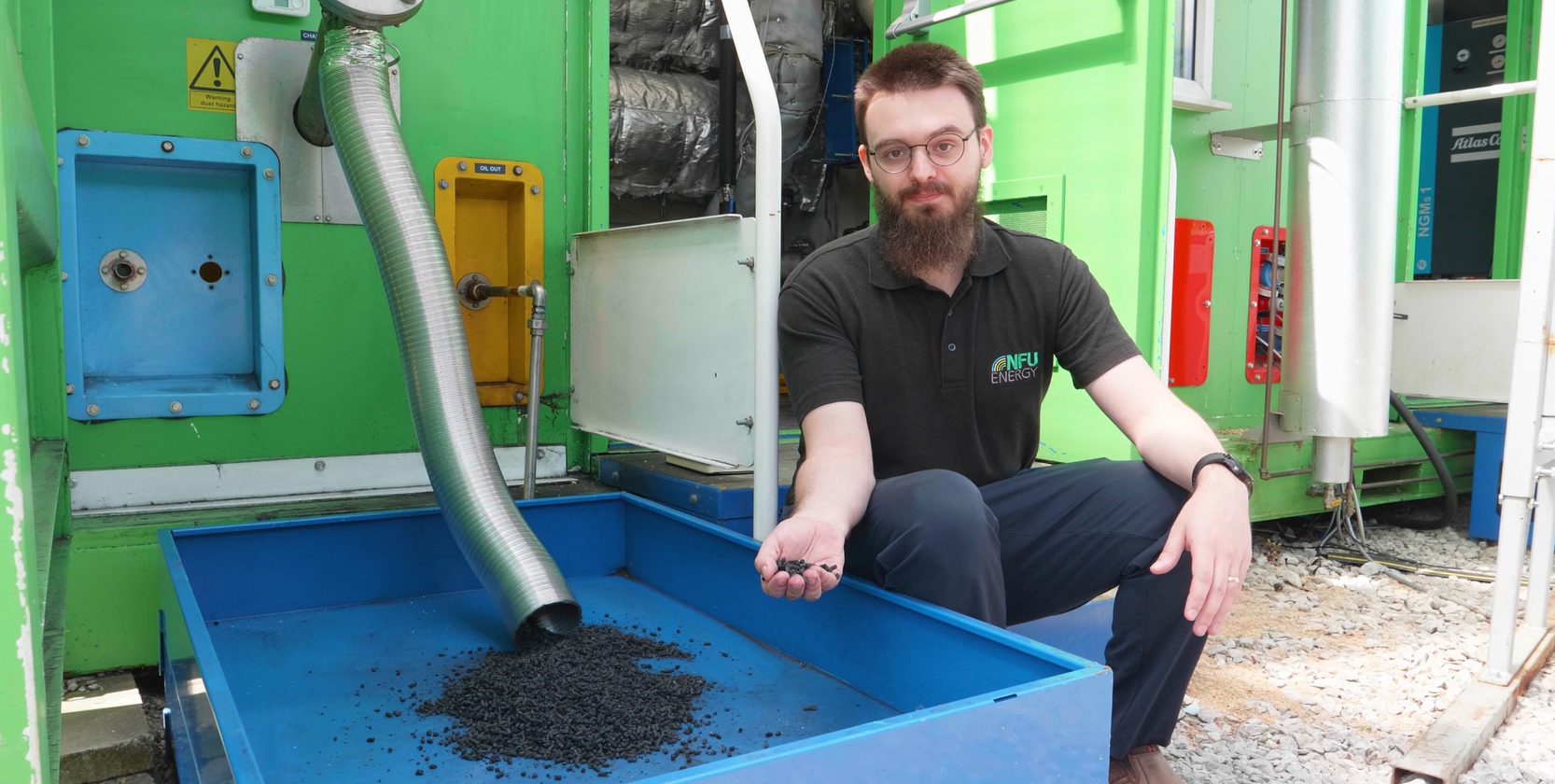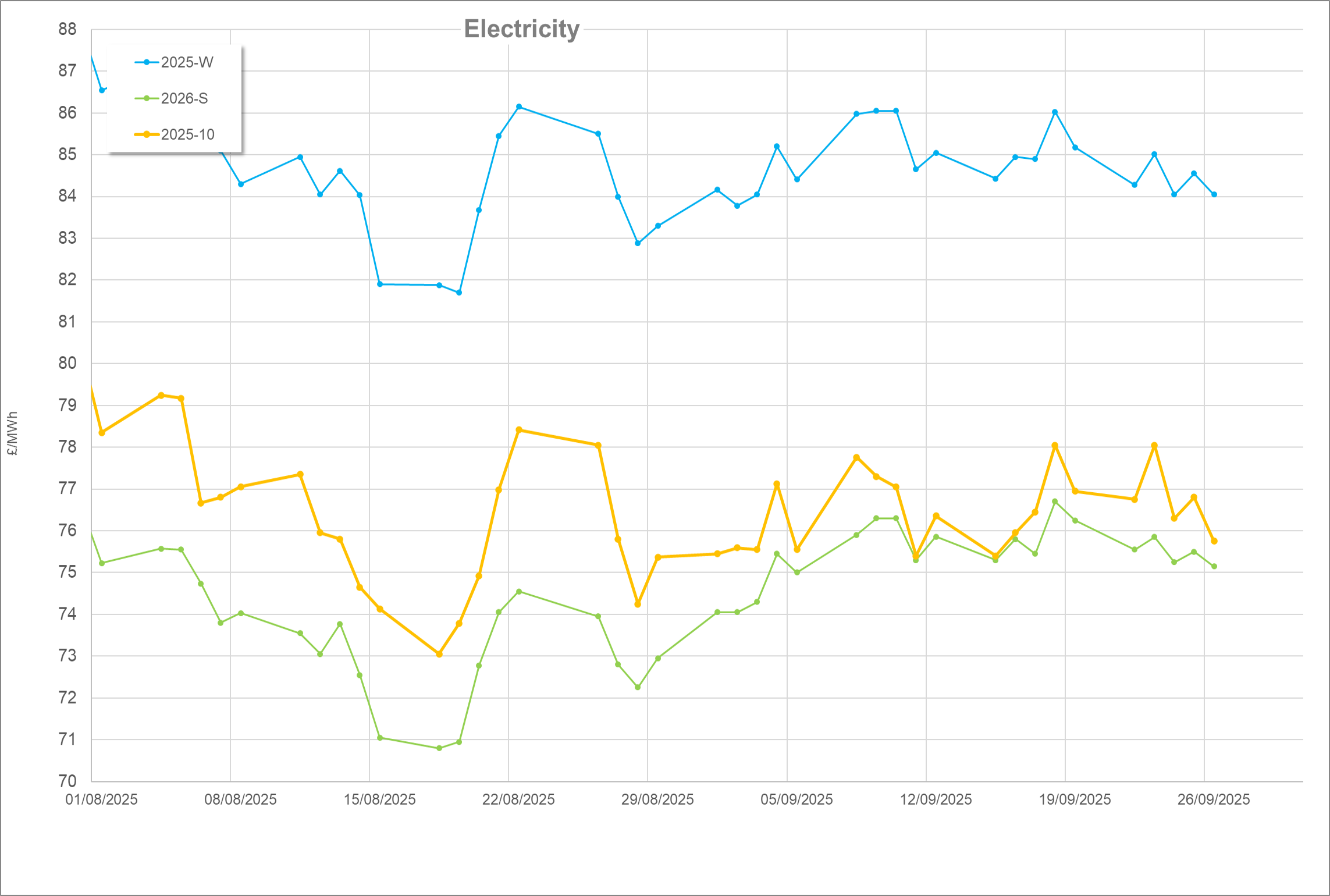If you’ve been thinking about converting a field into a solar farm you will probably have been wondering whether the value of the electricity generated will offset the land’s crop production value. With agrivoltaics you may be able to have both.
The concept of agrivoltaics has been around for about 40 years, with the term referring to the simultaneous use of land for both agriculture and photovoltaic power generation. While uptake has been slow – global installed capacity is approximately 2.9GW according to Germany’s Fraunhofer Institute – a recent article by Fitch Solutions forecasts an increase of at least 10GW over the coming decade [1].
So what crops work in these conditions?
Unlike conventional solar arrays which tend to be mounted at ground level leaving the land largely unusable for cropping – agrivoltaic systems potentially offer a ‘best of both’ scenario. Mounted two to three metres off the ground, the panels leave the ground free for growing. Research suggests the combination of sunlight and shade offered by this type of setup prevents plants from overheating and reduces their water needs [2], [3]. In countries with long, hot summers, such concerns may well be justified, but what about in the UK? Is an agrivoltaic setup compatible with protected cropping?
The availability of light is a key concern, so adding something that will reduce light transmission seems counterintuitive. While there is no UK-specific data available, research trials in greenhouses with roof glass replaced by agrivoltaic panels that have taken place in other Countries can give some indication of what to expect. Given the semi-transparent nature of the panels, light transmission to the crop is reduced. By tinting the panels it can be possible to select which wavelengths of light pass through, however, reduced light usually means reduced crop growth as demonstrated by basil and spinach trials in Italy [2]. Interestingly a recent study on red-leaf lettuce in the US found “no significant differences in the fresh weight and chlorophyll content” [4], suggesting different crops react differently under similar conditions.
How do you decide if it’s viable?
If crop yield is adversely affected the viability of agrivoltaics depends on the financial benefit of the electricity produced. This should not be overlooked, especially with energy prices on the rise. Even in the Italian trials where crop productivity was reduced there was an estimated 35% financial gain for spinach [2]; i.e. the value of the electricity produced more than offset the reduction in crop value. Given the sharp increase in UK electricity prices over the last few months, now more than ever consumers should be considering how to mitigate market volatility. The UK still relies heavily on gas for electricity generation, meaning an increase in gas prices has a knock-on effect on electricity. Furthermore, low winds over the summer also had an impact on the nation’s generating capacity. While the sun does not always shine either, having access to a greater diversity of energy sources helps even out peaks and troughs.
If you should choose to go down the agrivoltaics route, the question to ask is, ‘how do I maximise my returns?’ For those growing crops, first choose a variety that is least affected by reduced light transmission. Then utilise the electricity produced on-site to offset existing import, before feeding any surplus into the grid (given the relevant infrastructure and contracts). While accepting potentially lower crop yields may be difficult especially with growing demand for food, utilising the land simultaneously for two purposes – food and energy production – may be something worth considering. With net zero targets looming, anything that may help to achieve them should at least be considered.
For more on Solar PV and its feasibility within your cropping system call the GrowSave team on 024 7669 6512.
References
[1] Fitch Solutions, “Agrivoltaic Systems Gaining Momentum Globally,” 2021. https://www.fitchsolutions.com/agribusiness/agrivoltaic-systems-gaining-momentum-globally-24-06-2021 (accessed Oct. 04, 2021).
[2] E. P. Thompson et al., “Tinted Semi-Transparent Solar Panels Allow Concurrent Production of Crops and Electricity on the Same Cropland,” Adv. Energy Mater., vol. 10, no. 35, 2020, doi: 10.1002/aenm.202001189.
[3] G. A. Barron-Gafford et al., “Agrivoltaics provide mutual benefits across the food–energy–water nexus in drylands,” Nat. Sustain., vol. 2, no. 9, pp. 848–855, Sep. 2019, doi: 10.1038/s41893-019-0364-5.
[4] E. Ravishankar et al., “Balancing crop production and energy harvesting in organic solar-powered greenhouses,” Cell Reports Phys. Sci., vol. 2, no. 3, p. 100381, Mar. 2021, doi: 10.1016/J.XCRP.2021.100381.




